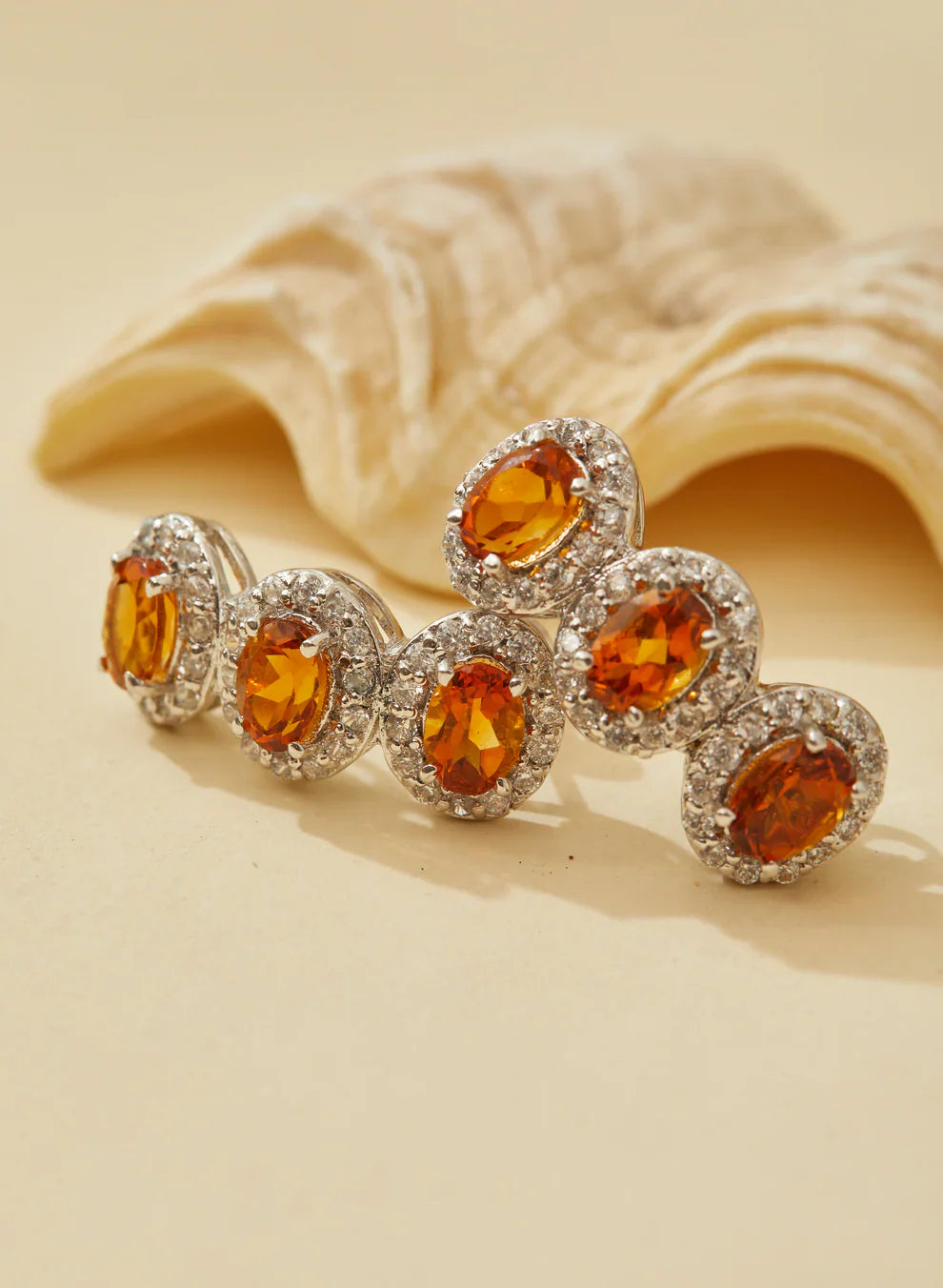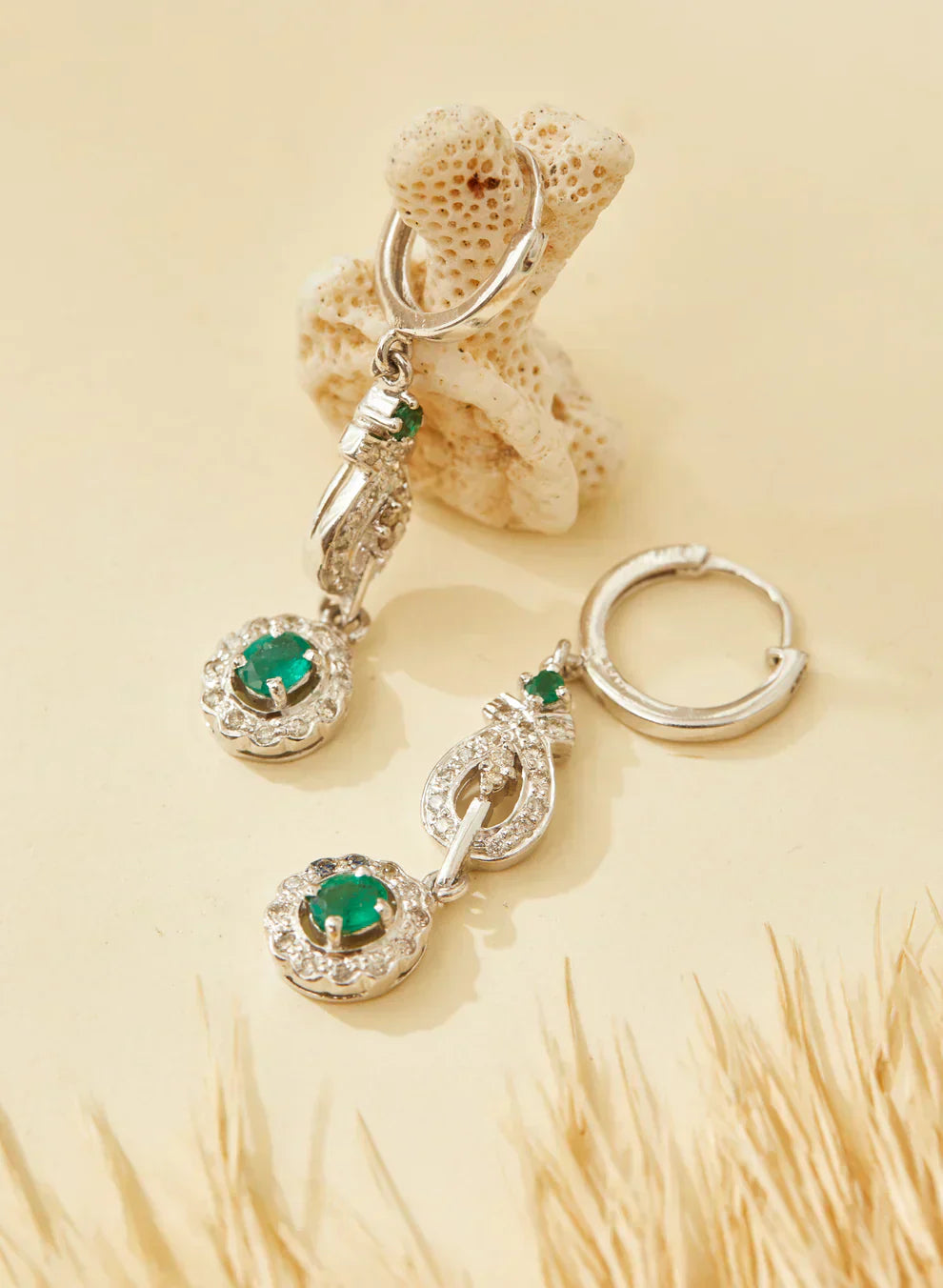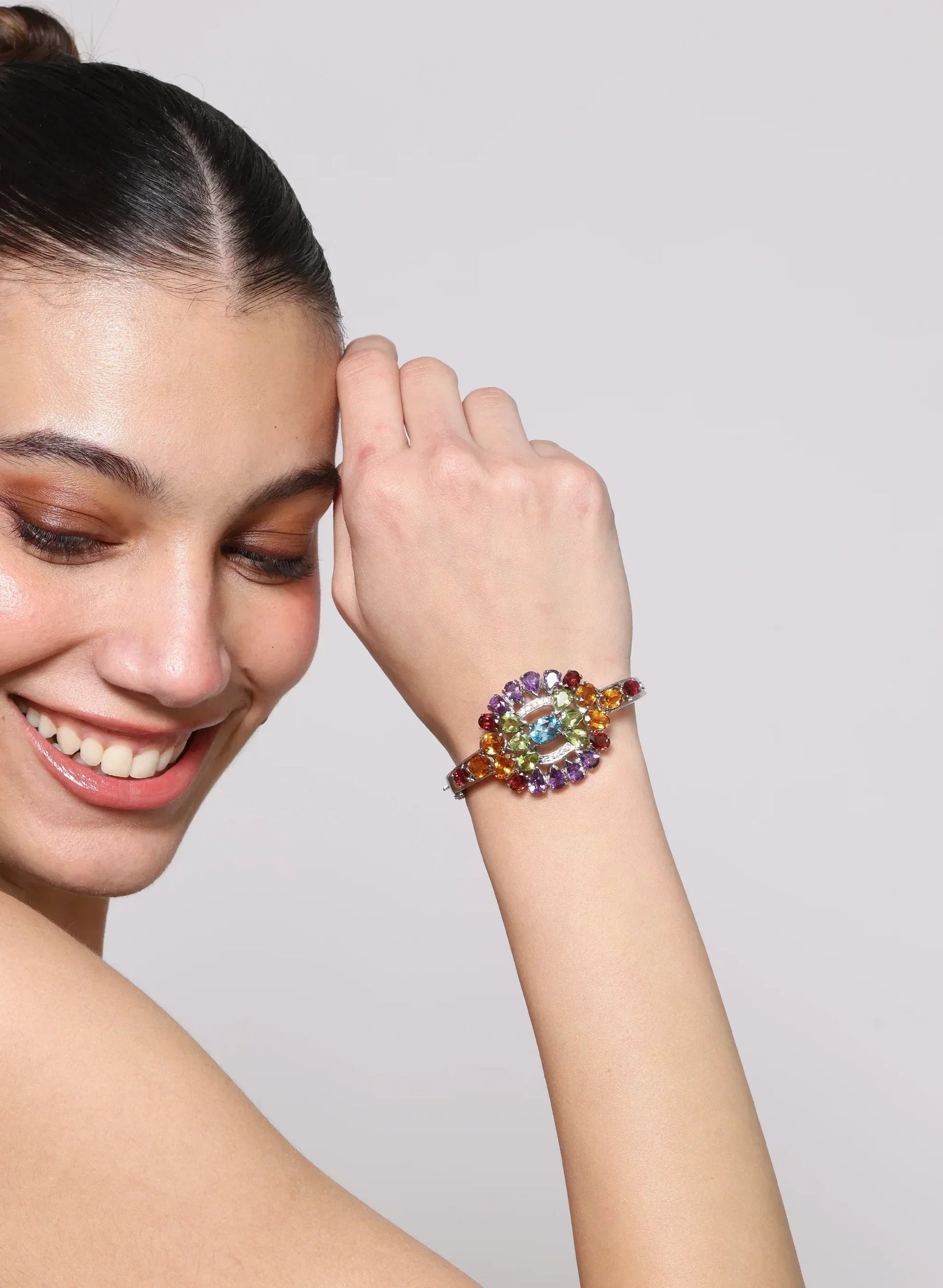Silver, a soft, white and lustrous metal is known for its appealing beauty and unique properties. It is a metal that is considered to mirror the moon, a celestial body often associated with mystery, magic, and femininity.The bright, shiny appearance and the additional benefit of the affordability of this metal has made it a lovable and wanted choice for jewellery and decorative items. Beyond its aesthetic appeal, the silver metal also possesses a varied set of properties that make it a useful and valuable material in various industries. And not just that it has various properties associated with it that are quite handy in daily situations.
Here, let us dive into the properties of silver and unravel the many fascinating layers around this metal and discover its various characteristics that have led to the popularity of this metal.
Properties of Silver

1. Conductor of heat and Cooling Effect
One of the most notable and known properties of silver is that it is an exceptionally good conductor of heat. This simply means it can efficiently transfer heat from one point to another. Due to this characteristic of silver it makes it a good choice for applications where rapid heat elimination is needed. When silver comes into contact with a warmer object, it can rapidly absorb heat and distribute it across its surface. This heat absorption and transfer lowers the temperature of the object, causing a cooling effect.
Not just this, silver also acts as a cooling agent that can also provide a soothing sensation to the body. While many people might choose to wear silver jewellery for aesthetic purposes, many adorn it due to their belief in its cooling properties that can provide comfort in warm weather. It is said that when silver comes in contact with the skin it can help to alleviate the discomfort caused by heat.
2. Too Soft for Jewellery
When it comes to jewellery, normal silver cannot be used to make it. While pure silver is extremely beautiful, it is too soft to be made into jewellery. To improve its strength and durability, it is often mixed with other metals to form an alloy that can stay durable for a long time. The most commonly used metal used to mix with silver is copper. This product formed after this process is known as sterling silver.
Sterling silver is a silver alloy that contains 92.5% pure silver and 7.5% copper. The addition of copper adds to the hardness and strength of silver without significantly affecting its shine and appearance. Sterling silver is also a popular choice for jewellery as it is quite durable, affordable, and allergy-friendly.
Silver and Oxidisation

While silver has a lustrous presence, it also has the tendency to oxidise, a process that can affect its appearance and tarnish its shine. The chemical reaction of oxidation occurs when silver comes in contact with environmental elements like air and moisture, pollutants like sulphur compounds and industrial emissions and even body acids and natural oils.
Though it might not be totally impossible to prevent the tarnishing of silver completely, it can be minimised to a good extent. By regular cleaning and proper storing of your silver, one can enjoy the beauty and longevity of the silver items for a long time.
Health Benefits of Silver

- Silver has been used for centuries for its antimicrobial and hypoallergenic properties.
- Silver has antimicrobial properties that are long-lasting and can persist even after repeated washing or exposure to harsh conditions.
- Silver is hypoallergenic, meaning it is less likely to cause allergic reactions in individuals with sensitive skin. This makes it a suitable material for individuals with allergies or skin sensitivities.
- This metal is also quite gentle on the skin, helping to soothe irritation and promote healing.
- Its unique ability to inhibit the growth of bacteria, fungi, and viruses makes it a valuable material that can be used to purify water by killing harmful bacteria and viruses.
Conclusion
Silver has found its relevance since the beginning of time and continues to grow its popularity even today. In ancient cultures it was believed to have healing properties. Artemis, the Greek goddess of the moon, was often depicted wearing silver jewellery and carrying a silver bow and arrows. These examples depict how much silver was valued by people. Just like that even today, silver remains a beloved metal for its beauty and versatility. Whether it's a delicate silver bracelet or a beaming silver ring, this precious metal continues to garner awe and wonder.
D’Vin Jewels’ impressive collection of jewellery is set in Sterling Silver, making it both aesthetic looking and durable to wear for years to come. Check out the alluring collection now!





